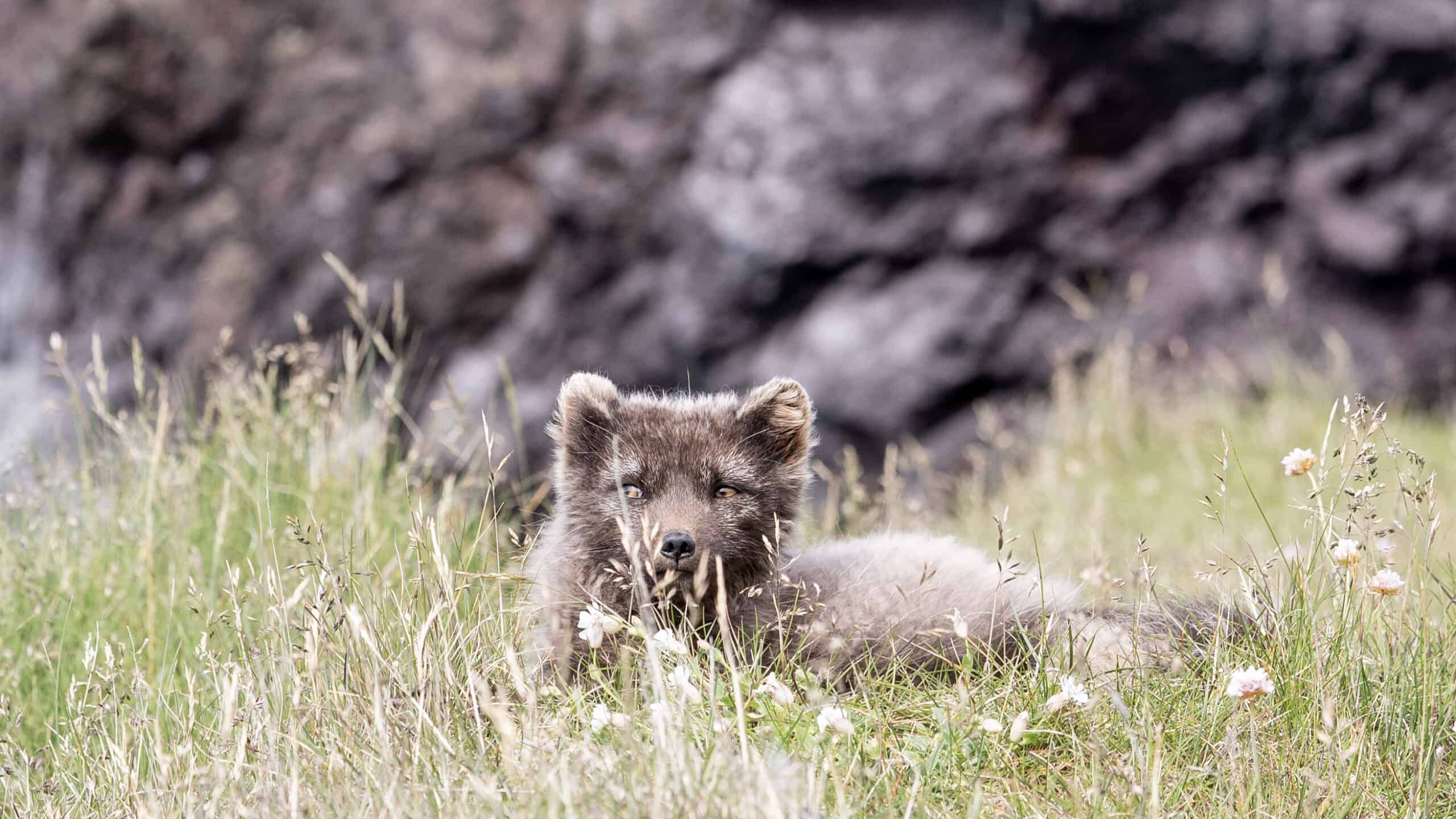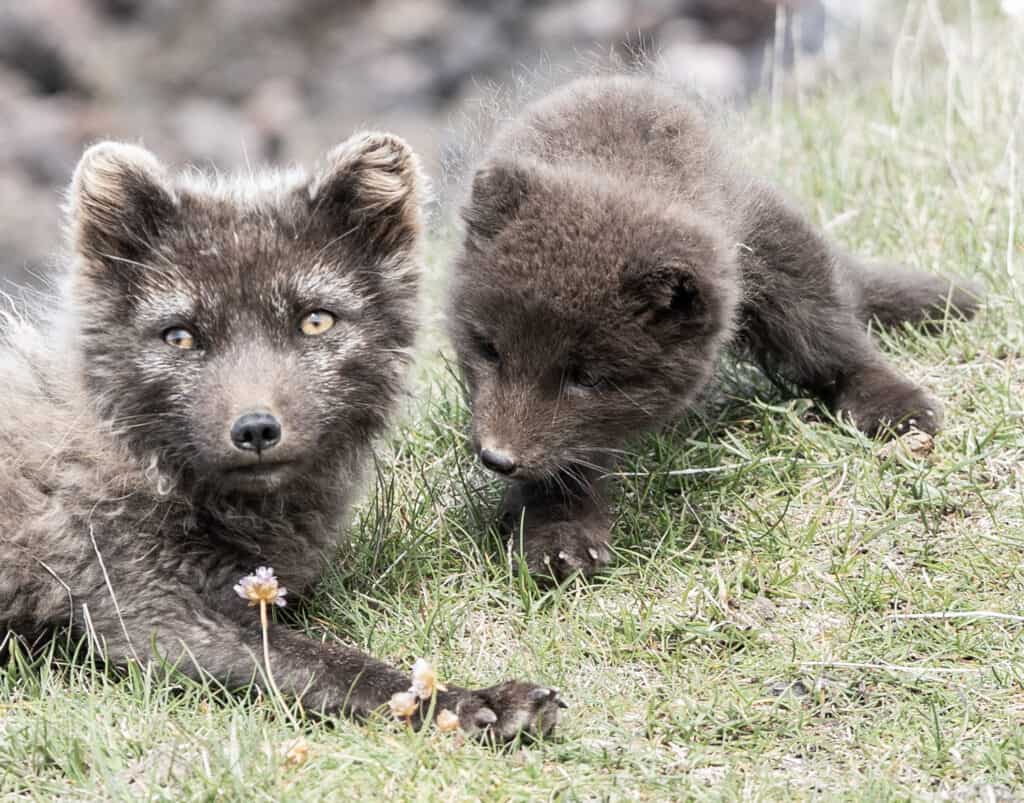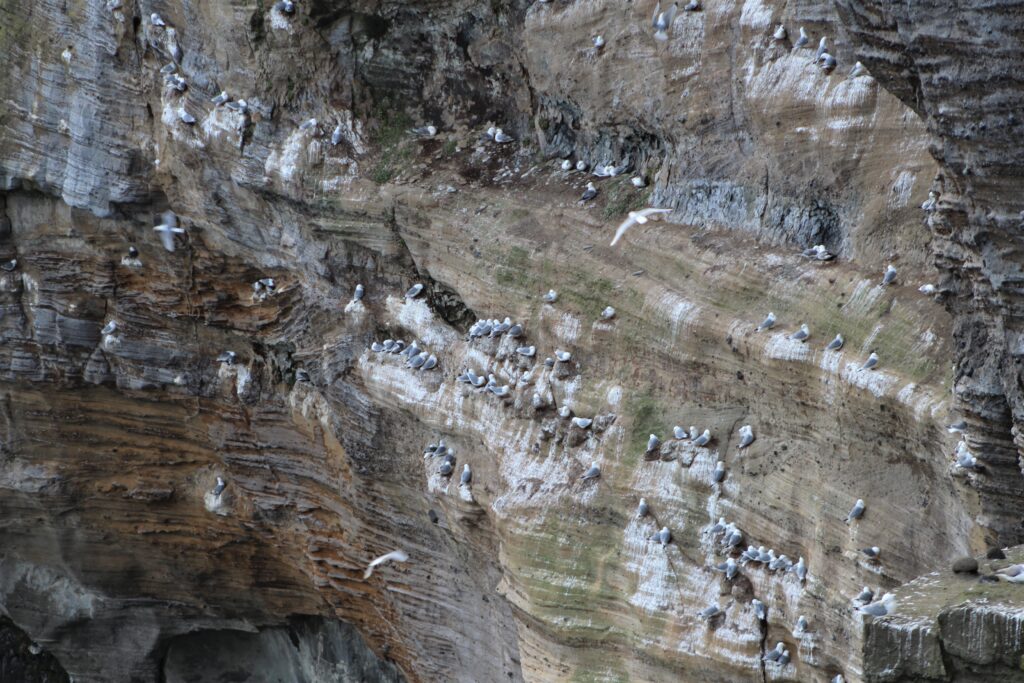Research within national parks and reserves
Many interesting researches and monitoring are carried out in the national parks and nature reserves. Here you can see information about ongoing research. Snæfellsjökull National Park aims to share the results of publicly published research.

Butterfly monitoring
The West Iceland Nature Center monitors butterflies on Snæfellsnes with light traps at Stykkishólmur (since 2012) and Gufuskálar (since 2011).
Butterflies are caught from April to November and the catch is collected weekly. Through the study, better information is obtained about the butterfly flag of the area, i.e. which species are found in which areas, their relative prevalence and when they are most active. The project also provides important information about environmental changes, such as the colonization and distribution of new species and changes in the flight time of individual species due to volcanic eruptions, weather and climate change.
The trap at Gufuskála is run in cooperation with Snæfellsjökull National Park.
The project is part of the monitoring of butterflies on a national level, in which most nature centers, the Natural History Institute of Iceland and others participate.

Fox dens
Since the establishment of Snæfellsjökull National Park, the west Iceland Nature Research Center has monitored the percentage of known active fox dens in the national park, but also has information on the number of culled fox dens with in the neighboring areas from 1989-2001. About 30 dens are visited in the middle of summer to assess the fox population. The ration of inhabited dens is an idicator of population changes of foxes in the area.

Seabird Colonies
Since 2008, the West Iceland Nature Center has monitored changes in the population and nesting success of seabirds nesting in colonies in Snæfellsnes and the southern part of Breiðafjörður. In Snæfellsnes, the monitoring now covers counting profiles at Arnarstapa, Þúfubjargi, Saxhólsbjargi and Vallnabjargi. In the research areas, the main nesting birds are the Black-legged kittiwake, as well as Norhern fumar to lesser extent, but on the outside of Snæfellsnes, common guillemot, Brünnich’s guillemot, and Razorbill also nest. The project is carried out in collaboration with the Research Center of the University of Iceland in Snæfellsnes and is part of the national monitoring of seabird colony populations, which is managed by the Northeastern Nature Agency .
Since 2020, the project is part of the ” Monitoring of nature conservation areas ” project.
